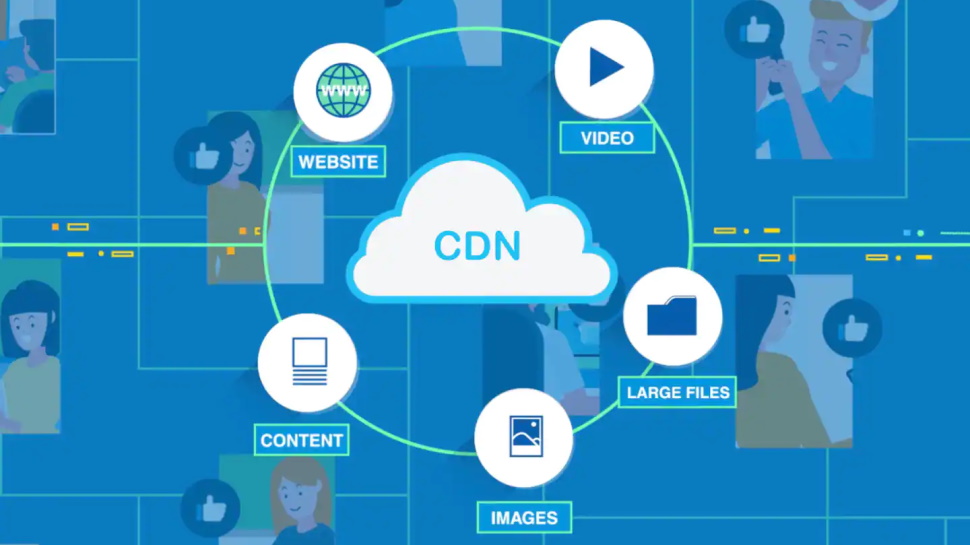Microsoft Azure to take on Cloudflare, Akamai with new-look CDN service
Azure Front Door is getting a makeover

Microsoft has “reimagined” its Azure Front Door content delivery network (CDN), with a new-look version now entering general availability.
In a blog post from Sunil Kishen, Principal Program Manager for Azure Networking, the company explained that old iterations of the service will now be referred to as "classic", with the new version taking the mantle of flagship.
Although the classic variants will continue to be “fully supported”, only the new offering will receive all the latest bells and whistles.
We're looking at how our readers use VPNs with different devices so we can improve our content and offer better advice. This survey shouldn't take more than 60 seconds of your time. Thank you for taking part.
Zero downtime migrations
The new offering comes in two forms: Azure Front Door Standard and Premium. Microsoft promises a “modern architecture”, fast global delivery and intelligent security, for a price of $35 a month for the Standard format or $330 a month for Premium.
The Premium package, as Microsoft explains, attaches to Azure’s web application firewall (WAF), supplying Front Door with “intelligent threat protection”. Azure WAF now also has a DRS 2.0 RuleSet that comes with anomaly scoring-based detection, and should reduce false positives. Egress charges for data are also being nixed.
Front Door is also advertised as having improved log analysis, improved automation support, as well as better integration with other Azure services. All of this should speed up deployment, and "let you move more of your business logic to the edge and create more complex and dynamic routing between your users and backends".
All of this, together with the fact that the classic versions will not be getting the latest capabilities and future enhancements, makes it clear that Microsoft wants its users on the new platform. It also claims “zero downtime migrations” will be revealed soon.
Sign up to the TechRadar Pro newsletter to get all the top news, opinion, features and guidance your business needs to succeed!
Those that are new to Azure Front Door can easily launch both Standard and Premium versions in the Azure portal or using Microsoft’s API.
Via The Register
Sead is a seasoned freelance journalist based in Sarajevo, Bosnia and Herzegovina. He writes about IT (cloud, IoT, 5G, VPN) and cybersecurity (ransomware, data breaches, laws and regulations). In his career, spanning more than a decade, he’s written for numerous media outlets, including Al Jazeera Balkans. He’s also held several modules on content writing for Represent Communications.